Battle Ropes Buying Guide 2020
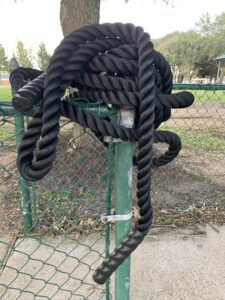
Battle ropes or CrossFit ropes have been made their ways into mainstream fitness over the last few years.
Before this, they had been used by MMA fighters, professional athletes and martial arts aspirants.
Now you find them readily available in every gym and taken as a regular fitness tool. However, you can purchase your own to use at home, the park or anywhere you have space. No gym membership necessary.
Why Buy Battle Ropes?
Battle ropes are one of the best ways to get strong, powerful and slim without indulging in heavy machine workouts.
The secret behind the battle ropes as an ideal exercise is, it creates dual force dynamic effects which combine with the force of gravity with the ropes and make it the best exercise to get shrink within days.
Buying or choosing the best battle rope is tricky nowadays. About every gym tool constructing brand has put his leg into this niche making it a little hard for a novice to select.
There are tons and tons of options of battle ropes to choose from, enough hard for you to pinpoint the best as per your compliance.
In this post, we are going to provide you the reviews of top battle training ropes and help you select the best product in an affordable price range.
[embedyt] https://www.youtube.com/watch?v=cNXP3XnS60s[/embedyt]
Top 5 Best Battle Rope to Buy in 2020
1. Fire Breather Battle Training Ropes
Fire Breather Battle Training Ropes at a glance:
- Material: Dacron
- Sleeve: Wear-resistant Nylon Sleeve
- Mounting: Anchor included
- Length: 30 ft, 40 ft, and 50 ft
- Diameter: 1.5 inches
- Handle length: 1.5 inches thickness and 9.5 inches length
 Fire Breather is an esteemed name in the world of manufacturing gym and fitness tools. FireBreather training ropes are for all body types including males and females for all types of fitness training. If you are serious about burning calories and challenge your body and mind, have the Battling ropes on board and fast track your results. The ropes help you combine cardio and strength training into one sharp exercise and help you get desired results within days.
Fire Breather is an esteemed name in the world of manufacturing gym and fitness tools. FireBreather training ropes are for all body types including males and females for all types of fitness training. If you are serious about burning calories and challenge your body and mind, have the Battling ropes on board and fast track your results. The ropes help you combine cardio and strength training into one sharp exercise and help you get desired results within days.
These are good to use at home or gym as a part of the CrossFit section. With the package, you get three different sizes (30, 40,50ft) of Nylon Covered Sleeves ropes. The more you extend the rope (1.5″ x 30 ft – 18 lbs, 1.5″ x 40 ft – 24 lbs, 1.5″ x 50 ft – 30 lbs), the most challenging the exercise becomes for you. If you have been doing fitness exercise before and are not faint-hearted, get it to extend up to 50ft to advance your training.
With the Fire Breather Battle ropes, you also get a bonus Anchor set kit and an E workout book, so that you get the idea of how to get the most out of the new purchase.
The Fire Breather offers extra-long heat shrink handles for better grip and maximizes the comfort when you are using the ropes. The heat shrink handles help keep the shape of it no matter how intense the exercise is.
Save your time by using 1.5 inches thickness Fire Breather battling rope and get a full-body workout in a much shorter time. Using the rope you put pressure on all your body parts including arms, shoulder, chest, biceps, legs and other parts of the body.
Pros:
- Nylon covered sleeves for friction protection
- Free anchor set included
- 3 Strand twisted design for different workouts
- Comes in three different lengths
- Offers full-body workout
- Portable and perfect for indoor and outdoor training
Cons:
- No particular disadvantage (Some users complaint about missing out E-books though)
2. Power Guidance Metabolic
 Power Guidance Metabolic at a glance:
Power Guidance Metabolic at a glance:
- Material: Dacron
- Sleeve: Nylon Sleeve
- Mounting: Anchor comes with the package (Steel)
- Length: standard length (30 ft, 40 ft, and 50 ft)
- Rope thickness: 1.5 inches
- Handle length: 7.5 inches, 1.5 inches diameter

 Power Guidance is a renowned name in the manufacturing fitness products for casual as well as avid athletes. The brand was established in 2015 and has made its marks from day one. Their inventory ranges from the simplest fitness design to complete undulating training. Their brand meets the need of an athlete who works out every day.
Power Guidance is a renowned name in the manufacturing fitness products for casual as well as avid athletes. The brand was established in 2015 and has made its marks from day one. Their inventory ranges from the simplest fitness design to complete undulating training. Their brand meets the need of an athlete who works out every day.
The rope comes sheathed in a nylon sleeve. The nylon gives a nice and sleek look to the rope and comes with other amazing benefits.
The undulation exercise requires rope to go through lots of friction plus the addition of the sleeve keeps the rope well protected from any wear and tear. Overall the sleeve adds great benefits and makes you have it using for several years without any issue.
The rope comes with 7.5 inches long steel anchor with 1.5 inches thickness. The anchors are important for undulation periodization, or your rope will fall apart and flies all over the place making a mess. The battle ropes without a sturdy anchor point tethered fails to provide proper strength and endurance gains. Some use dumbbell or something heavy to get that endurance, having an anchor would be a wiser decision.
The amazing benefit of buying Power Guidance battle rope is the product of the brands fall into the mid-range of the buyer’s pricing scale. Although, the added features like Nylon sleeves, steel anchor and others raise the price greatly. The rope is not going to cost arms and legs, unlike others. The made quality is superb and if you could just rise a little bit of budget, it will have your hands rolling on something qualitative.
Pros:
- Durable and quality made
- Dacron material used
- 5 inches steel anchor tethering
Nylon sleeve
Cons:
- In rainy condition or sweating the handles becomes slippery
3. Titan Fitness Poly Battle Rope
Titan Fitness Poly Battle Rope at a glance:
- Material: Poly Dacron
- Lengths: 30 ft, 40 ft, and 50 ft
- Rope Thickness: 1.5 or 2.0 inches
- Mounting: Not included
- Grip Length: 7.5 inches
Production Description
 Titan Fitness is a gym tool manufacturing company. They also manufacture metal equipment and have been in the business for quite a time. They started from the ground up, their business, products, and name. The products manufactured by the brand are of good quality and offer high-quality customer care.
Titan Fitness is a gym tool manufacturing company. They also manufacture metal equipment and have been in the business for quite a time. They started from the ground up, their business, products, and name. The products manufactured by the brand are of good quality and offer high-quality customer care.
The Titans Battle rope holds up for a beating and offers a sturdy exercising experience.
You will have a seamless fitness experience; the rope is unlikely to the fray over time until you are not knocking it against the concrete wall every day.
The handles are great, form-fitted handles would not slip, waterproof as well, and are easy to keep a grip on. Without a firm and comfortable handle, you could seriously injure your hands. The handle keeps your palms blister-free with the conditioning ropes.
The titan’s ropes come in two diameter or thickness options; 1.5 and 2.0 inches. Choosing the right on depends upon your fitness goals.
If you want your heart to pump more blood into your body, go with a thicker rope.
The cost of the battling rope falls in the low pricing range in our buyer’s guide. This is the more affordable option than others but that does not mean the brand cuts the corners to make it a low budget product. The rope is a good place for beginners to start with or those who do not have much money to spend on fitness tools. The product does not add an anchor, so you will have to manage an anchor by yourself.
Pros:
- Impressive multifunctional rope for all types of training
- Can add it with all types of additional equipment
- Durable
- High quality made the product
- Water and fray resistant
- It would not leave fibers on the floor
- Good for climbing exercises
Cons:
Amazon Basics battle exercise training rope at a glance:
- Material: Polyester blend
- Mounting: Not included
- Lengths: 30 ft, 40 ft, and 50 ft
- Thickness: 1.5 or 2.0 inches
- Handle length: 7.5 inches
Product Description

 Amazon Basics is produced and constructed by Amazon.com’s own storefront. The biggest shopping portal is famous for getting other businesses to have their merchandise seen all over the world. But, now they are managing to pull up their own products in the same market. They have a wide collection of inventory including a phone charger, bedding, and many fitness equipment.
Amazon Basics is produced and constructed by Amazon.com’s own storefront. The biggest shopping portal is famous for getting other businesses to have their merchandise seen all over the world. But, now they are managing to pull up their own products in the same market. They have a wide collection of inventory including a phone charger, bedding, and many fitness equipment.
The Amazon Basic top comes with two thickness options. You can choose the thickness as well as the length of the rope. The thickness comes in 1.5 inches and 2-inches and intended for different skill and training levels. The length option varies from 30ft-50fit.
About all battle ropes added in the list are easy to carry and transport, the mentioned product got no exception. These free ropes can be used everywhere, at home and at a gym without any big trouble. The rope can also be looped up easily, which makes it easy to store and transport. So, if you are intended to hit the gym or going with friends on the countryside visit, have the rope looped in the back of your truck and use where you wish.
The ropes designed by Amazon sit on the lower price scale. The ropes are affordable, even a person with no budget for the stuff would readily spend money on buying them. These are the best place for an unsure beginner to start with rope exercise spending a tiny amount of money.
The ropes are exceptionally versatile. In addition to the undulation exercise, one can have them for pulling or climbing exercises.
The three-strand thick ropes are made of high-quality material to render strength and prevent fraying and breakage.
The integrated plastic handle though halt issue especially in summer conditions where sweating can make it slipping more than often. This can be solved by wearing gloves while using these ropes.
Pros:
- Affordable
- Easy to store and transport
- Great for beginners
- Comes in hands at an affordable price range
- Comfortable grip
- Water and fray resistant
Cons:
- Less durable
- Plastic handles
- No anchors
5. ZENY Battle Rope
ZENY Battle Rope at a glance:
- Material: Polyester Dacron
- Mounting: Not included
- Lengths: 30 ft, 40 ft, and 50 ft
- Thickness: 1.5 or 2.0 inches
- Handle length: Thickened and lengthened handle (7.5 inches)
Production Description
 Zeny is a big fitness brand with a range of exercise training tools. The tools manufactured by the Zeny have a unique value and offers perfect additional conditions for any series of fitness fanatics. The battle ropes mentioned here offer a full-body workout that focuses on increasing muscle endurance and cardiovascular strength. By using these ropes, you get fitter, faster and healthier than ever before.
Zeny is a big fitness brand with a range of exercise training tools. The tools manufactured by the Zeny have a unique value and offers perfect additional conditions for any series of fitness fanatics. The battle ropes mentioned here offer a full-body workout that focuses on increasing muscle endurance and cardiovascular strength. By using these ropes, you get fitter, faster and healthier than ever before.
The Zeny ropes are well crafted and durable withstand wear and tear along with intense usage. You can use them outdoors as well as indoors. If intended to use them outdoor, wrap them around a pole or a tree. If using in the door, anchored it down (the anchor is not included in the package).
The ropes offer arrays of versatility including climbing and others.
The ropes also offer comfortable grip handles that would not fray and wear-resistant as well. The grips are ergonomic and would not cause blisters in your hands, what no one would want. They are portable and can be maneuver from one place to the other, easily looped. These come in three different lengths 30ft, 40ft, and 50ft, and thickness falls at 1.5 inches.
The anchors are not added in the package but can be purchased with some price adjustment. You need to keep an eye to the latest anchors deal so that you could grab the best deal possible.
The Rope by Zeny sits on the lower end of the price scale. The affordable price makes it more lucrative for the beginners or the people who are on a budget. The price of the ropes increases with the length adjustment, obviously, the higher length size will cost more than shorter.
Pros:
- Heat shrinks grips protect your hands and improved gripping
- 3 stranded twisted polyester fiber material
- Water and fray protected
- Affordable
- Optional anchors
- Easy to transport
Cons:
6. Pro Battle Ropes
Pro Battle Rope at a glance:
- Material: Poly Dacron
- Rope thickness: 1.5/2/2.5
- Size: 30ft, 40ft,50ft
- Handle: Heat shrink caps
- Mounting: Yes
Product Description


Pro training rope is made of high-quality material that is water-resistant and would not fray or snap. The high tensile material made rope renders lifelong durability and designed to take a beating. Whether you work outdoor or gym enthusiasts, the Pro training rope can be a good companion to make you achieve your fitness goal. The training rope is lean, a battle fighting machine, just like you will be after a few months of training.
The training ropes are made to last. The manufacturer knows the kind of application the ropes have to go through but you should not fall for the cheaper versions that fray. The rope is made with a unique blend of Poly Dacron that gives you strength and lightweight.
The water-resistant feature along with its treating to withstand UV damage is something out of the box. If you are the one who loves to do military-style work out boot camps, a normal rope would fall apart, but the UV damage protected rope will get no damage.
The three twisted strangle rope comes in three lengths; 30ft, 40ft, 50ft. The thickness lies around 1.5 – 2.5 inches, the weight while using the ropes changes as follows; 1.5-inch x 30ft-12 pounds, 1.5 inches x40- 18 Pounds, 1.5-inch x 50ft- 24 pounds.
If you are serious about changing your shape, putting off several kilos around your waistline, and advance the training to the next level, these make the perfect addition to a workout regime. It does not matter whether you are a boxer, athlete, and martial arts enthusiast, the rope training renders endurance and provides muscle strength.
Pros:
- Affordable
- Made of 100 percent Poly Dacron
- Water and Fray resistant
- Durable
- Extremely strong construction
- Dirt-resistant
- Highly recommended for smooth surfaces and mats
Cons:
- 2.5 grip too big for most people
How to choose a battle rope?
Battle ropes have become one of the most used and followed gym tools. Fitness enthusiasts love to use this fitness tool as it fast tracks the fitness. These are some looks out into a battle rope; one must check these specs before purchasing a rope.
Diameter:
Diameter plays a big role in your Battle rope purchasing. The battle rope comes in a variety of diameters, the thicker and thinner. The thicker versions are difficult to maneuver due to their high weight.
Still, if you want to grow big muscles, the thicker ropes are ideal. The heavier weight provides more resistant and you get bulky muscles for bodybuilding.
On the flip side, the smaller diameter ropes are good for higher cardio activity. They are easier to control and render a firm grip to get the desired speed.
Length:
The battle ropes come in arrays of length; typical length sizes are 30ft, 40ft, and 50ft. A longer rope is recommended for maximum benefit, high cardio exercises. The higher the rope size, difficult to maneuver and more energy consume in exercising.
In a limited space though, smaller sized ropes are good to have.
Mounting:
Without a proper mounting system, you cannot use a battle rope. Do you have a sturdy mounting structure where you mount a heavy-duty rope?
If yes, you have no need to be an extra mounting system, you can mount the rope with the durable strap system.
Or you can mount the rope using the anchor that comes with the rope, in some cases; you might have to buy spending extra money.
Weights, kettle bells, table leg or chair leg can also be used as anchors. You can always place something heavy object on the chair so it does not move.
Material:
Material is the most important aspect to look into a battle rope. Like, if the rope is not made of quality material, within days it will fray or would not hold up the regular wear and tear.
Most of the battle ropes are made from polyester. The Polyester supports a significant-good amount of weight and makes them hold up regular wear and tear. Without the polyester mixing, the ropes cannot withstand heavy applications, so look out the Polyester mixed in the material.
There are some other points to look into the material section. Like, Darcon is the most durable material, and expensive ropes are made from the Dacron. Many brands come up with a unique solution, by blending PolyPro and PolyDac, which hold up well. But, if you could grab a Darcon made battle rope, you will have an impressive experience overall.
Grips are often made from heat shrink caps or steel. The former makes a good fitting and waterproof surface than later which is slippery and often slips in sweating state.
Fitness Level:
Battle ropes come in arrays of options and hard for a beginner to choose one as per his/her compliance. When deciding the size and thickness, we have some valuable suggestions.
Are you a beginner, starting out now, and are confused about which to go with; a shorter or longer length, a thinner or thicker rope?
If you are a beginner, your best bet is to go with shorter and thinner rope. The longer and thicker ropes are intended to use pro or intermediate workouts.
Conclusion
I have a battle rope that use in my living room and I important to know that they are stiff at first. However, just like breaking in your shoes, your rope will loosen up over time.
The more you use you your rope, the more fun you will have it.
As per our expertise, these are the best battle ropes you can have for the gym as well as for home. These ropes can be used while doing your regular exercise or you can have a different workout routine other than regular. You can watch online tutorials or training videos to get a better idea about using them as per your fitness level.
You can use battle ropes anywhere anytime. Do not get fooled by the people who say that ropes are only for elite athletes. They are a good tool for everyone to start getting into the shape, to maintain a good fitness level. They are easy to wrap, store and the exercise linked to these are straightforward.
We hope you like the post, and if you do, please share it with other friends, who need a suggestion regarding purchasing a quality battle rope.
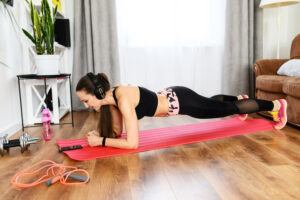

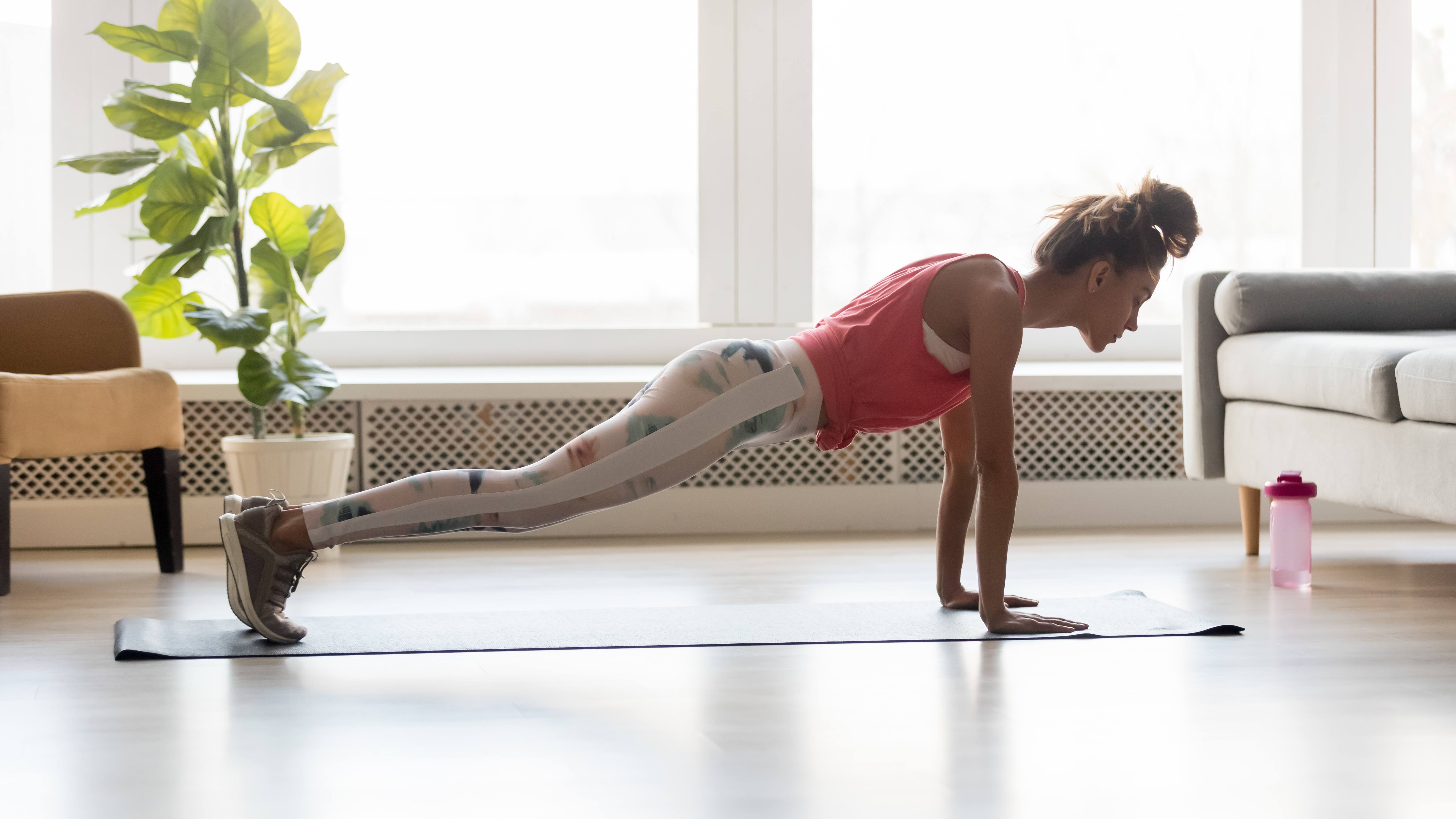
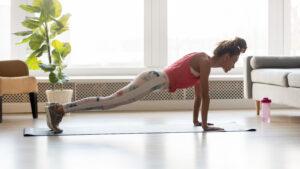
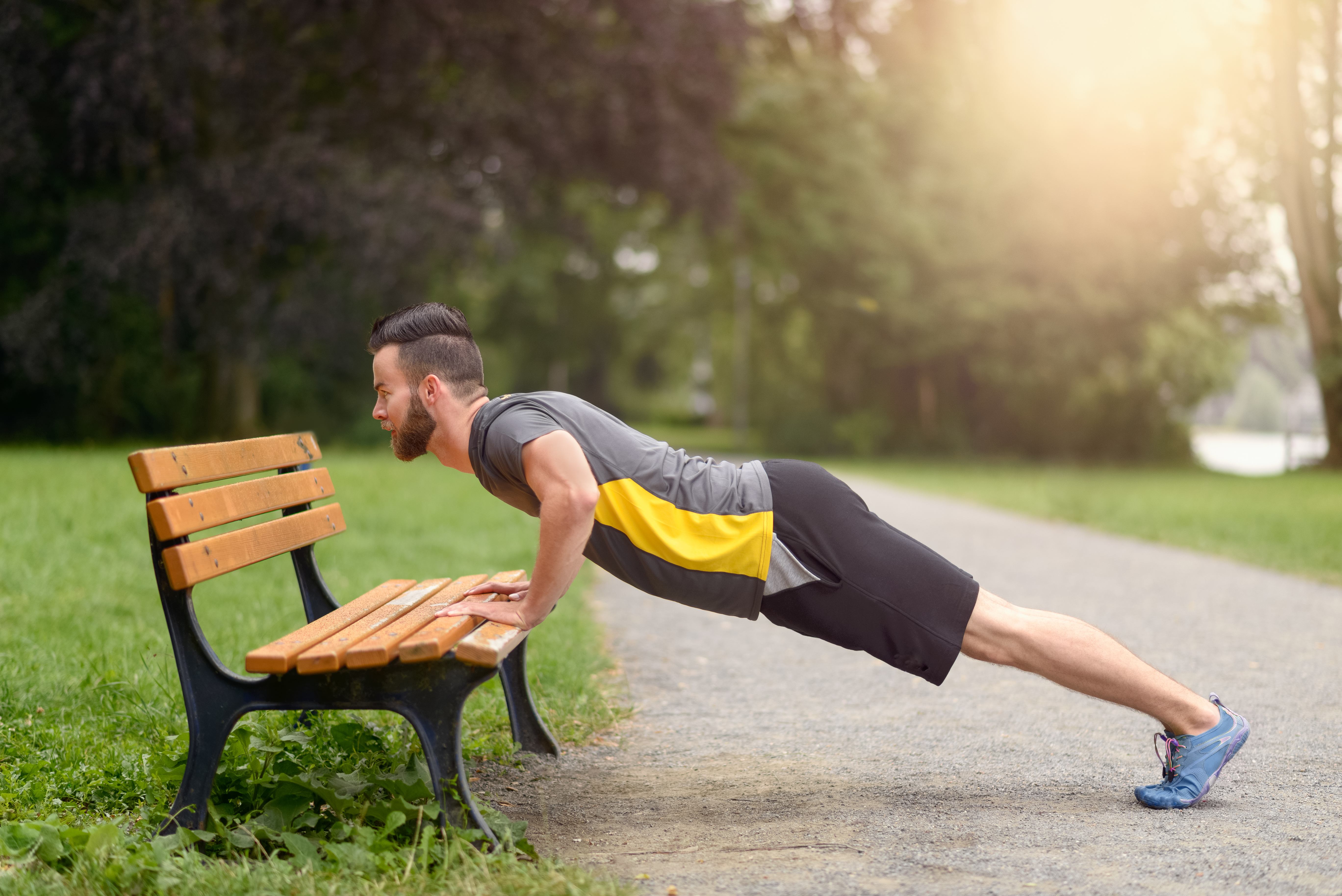
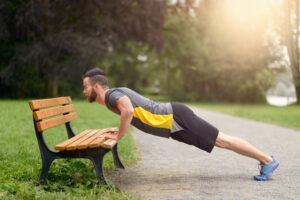
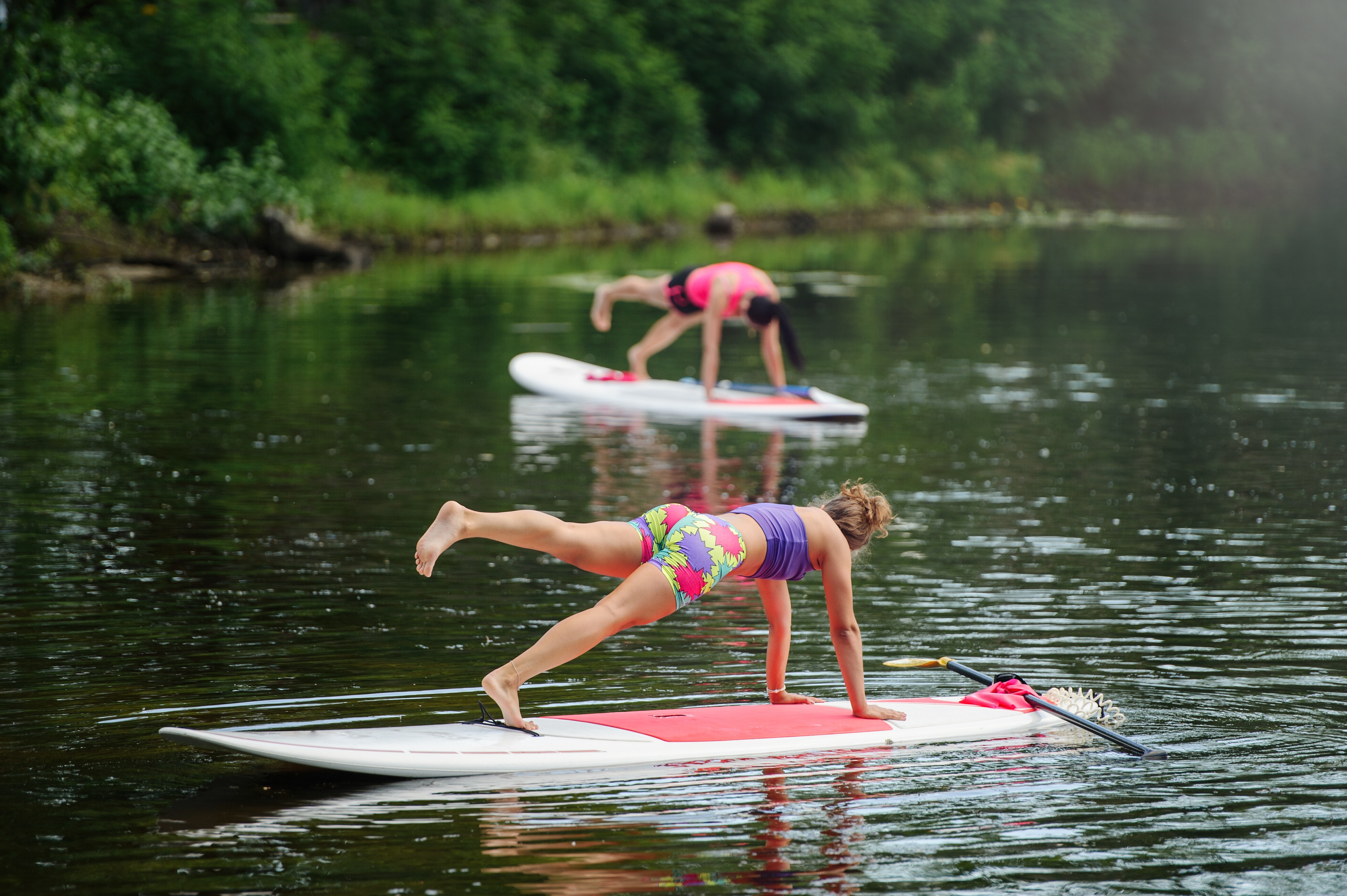
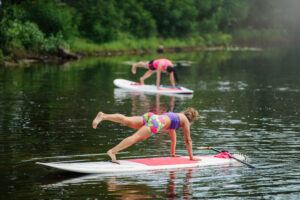
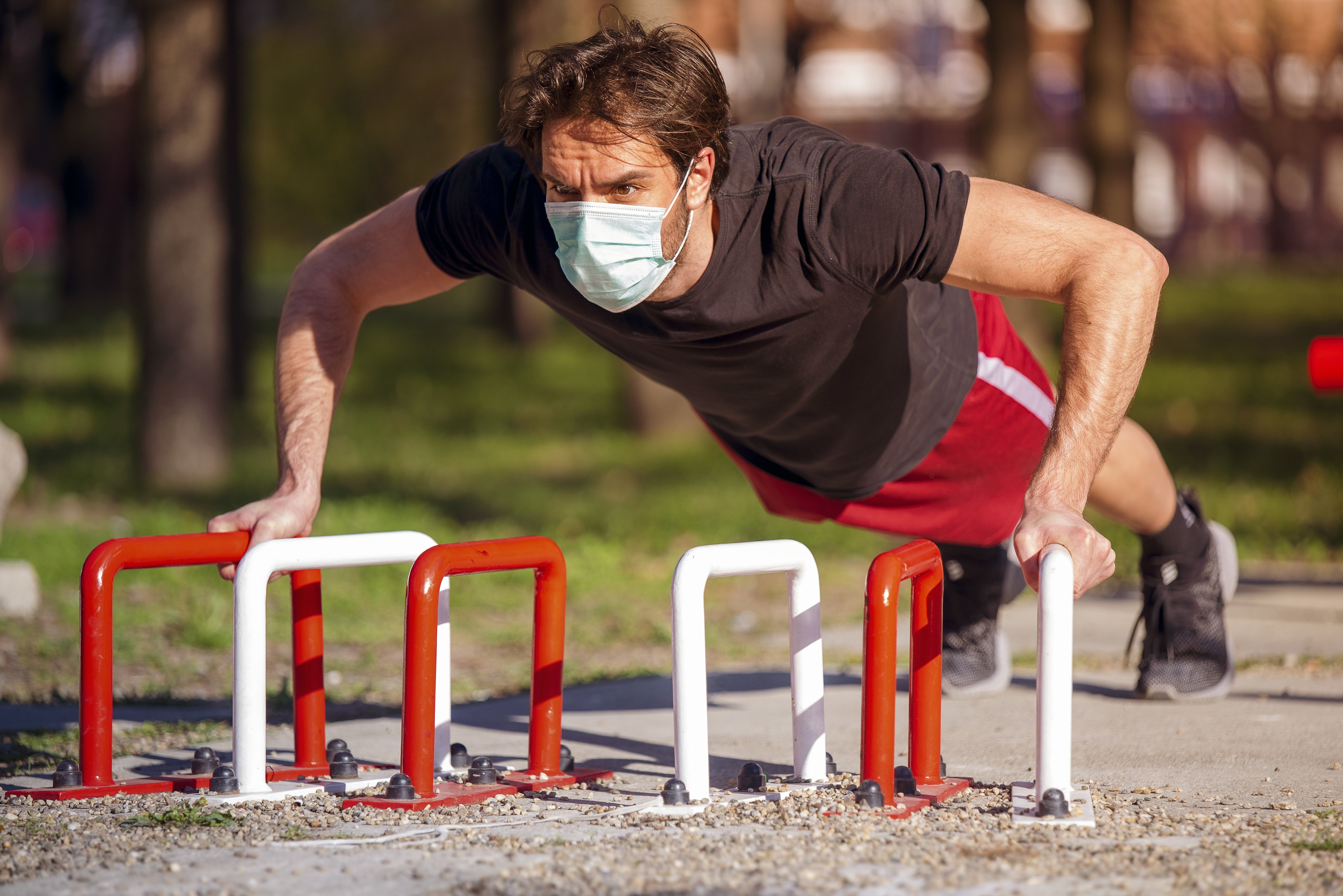

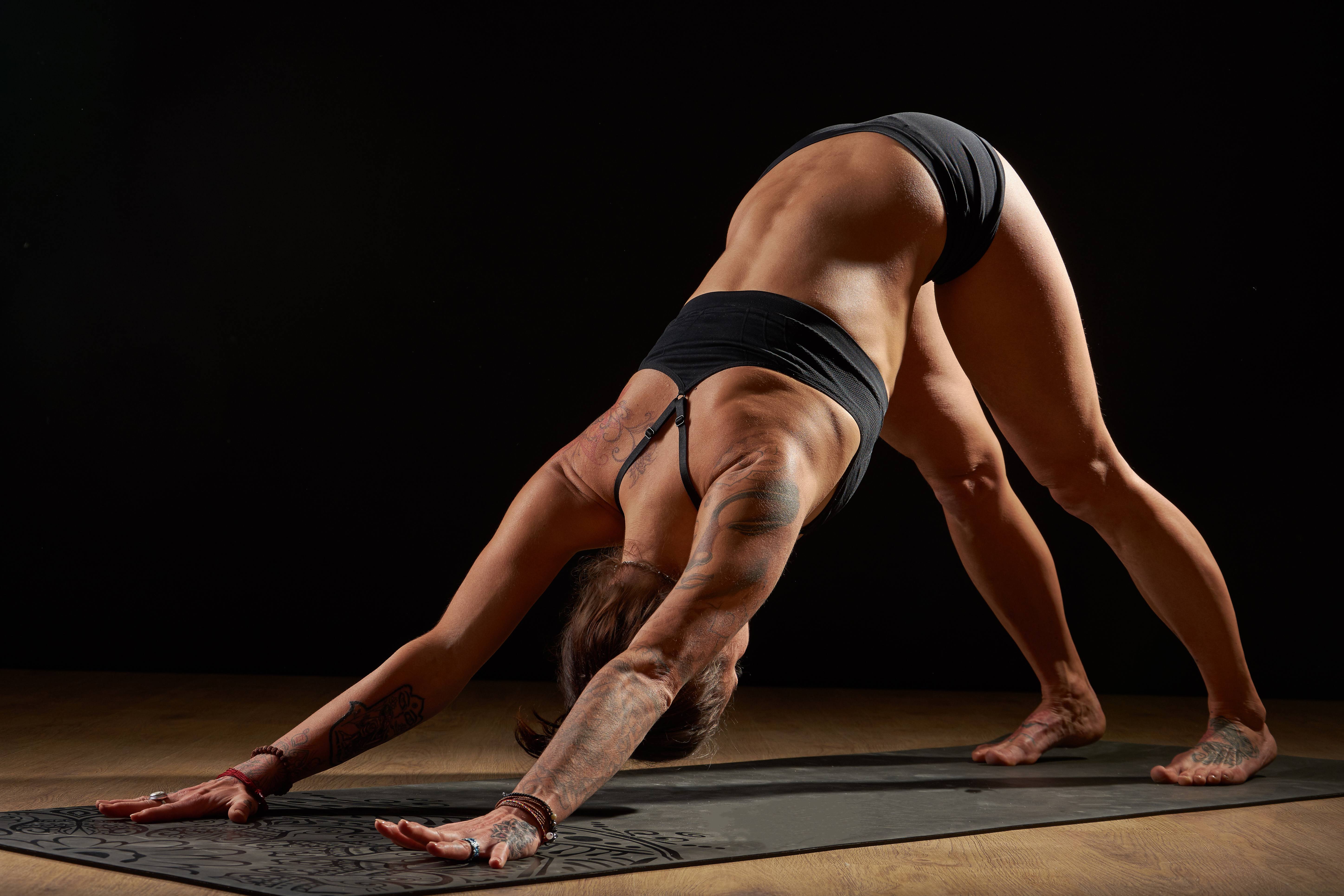
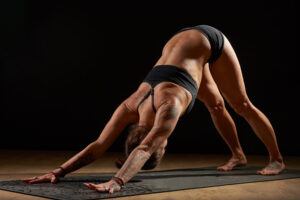
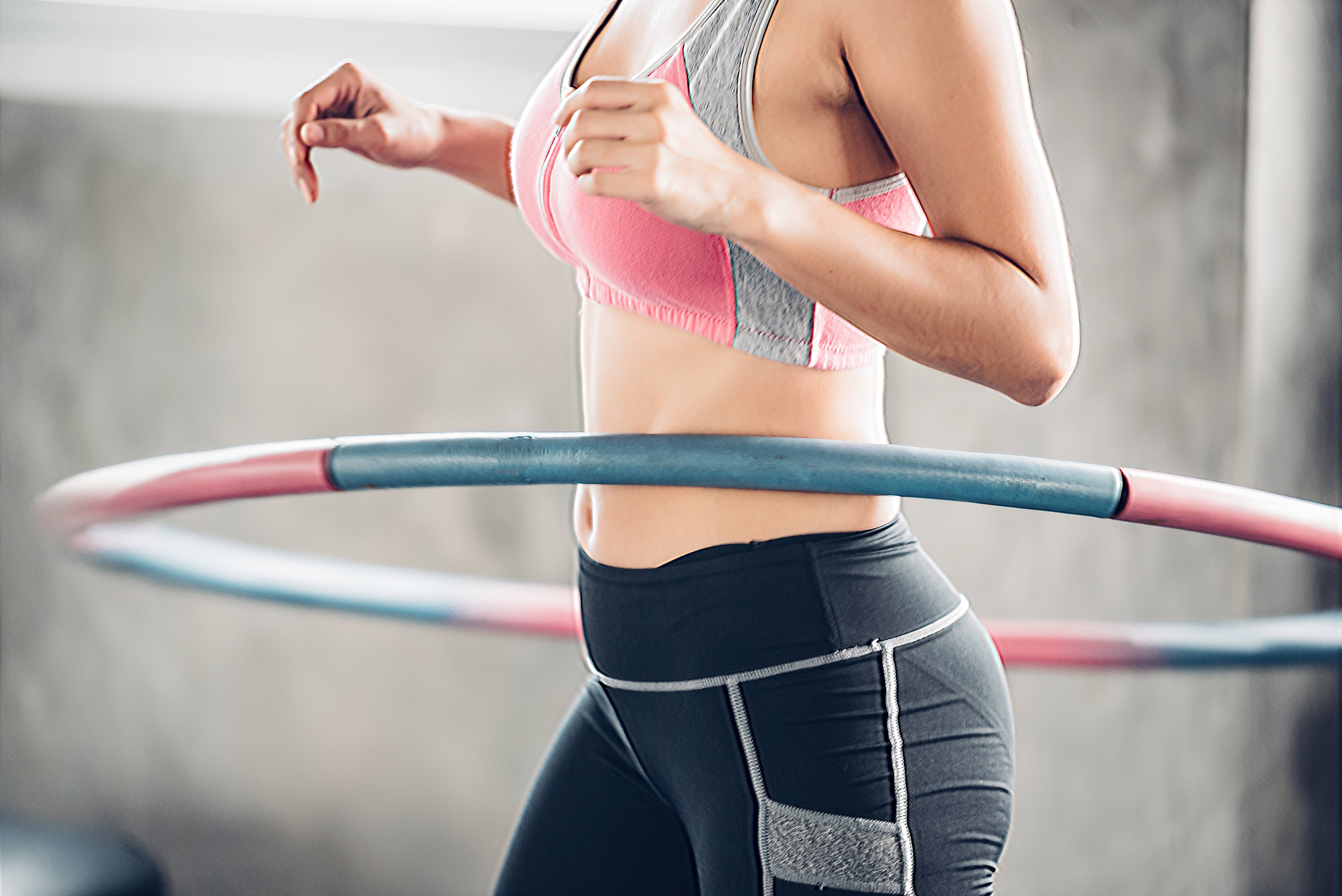
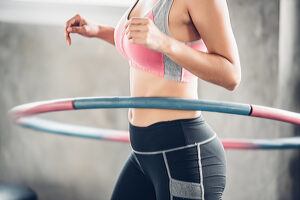


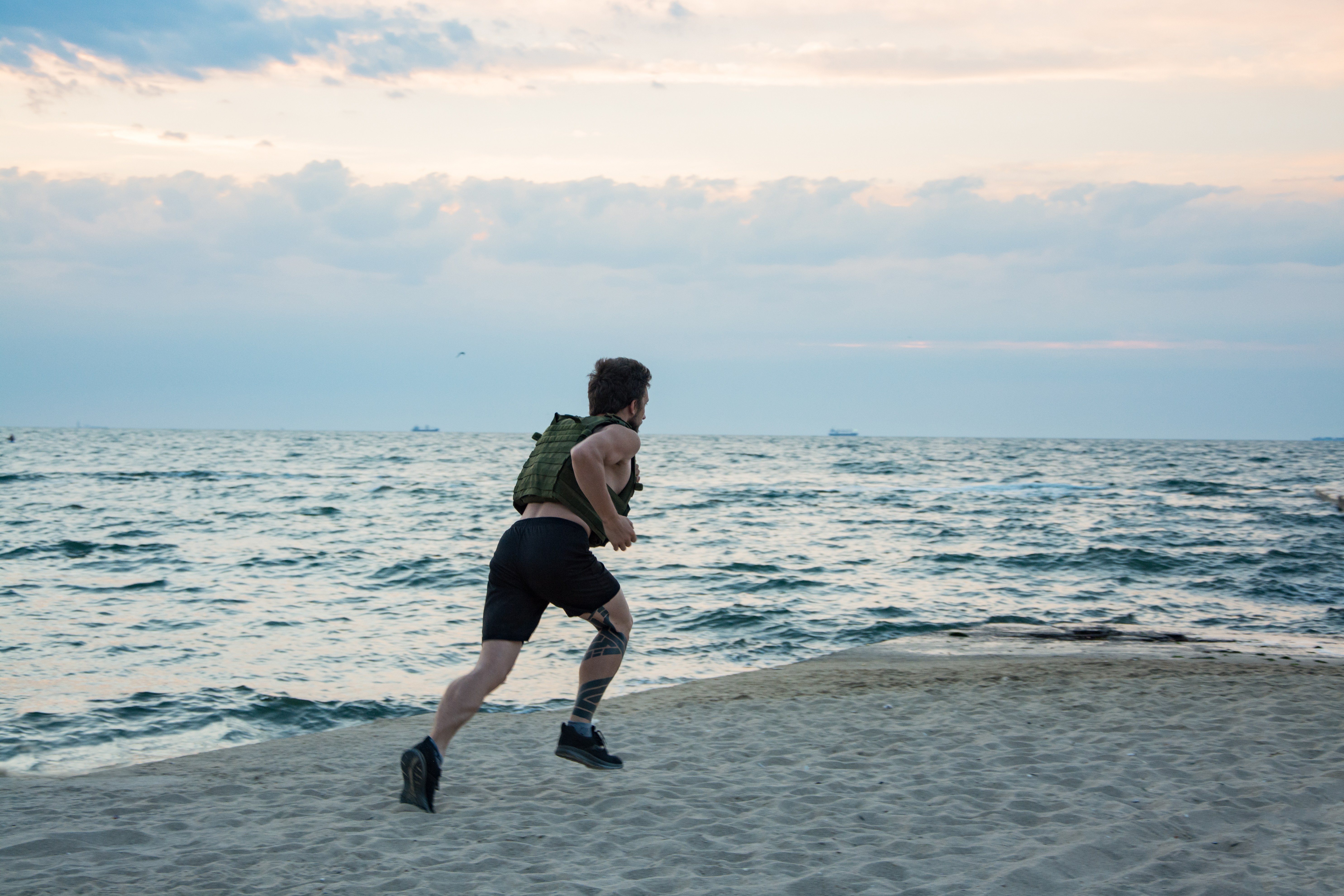
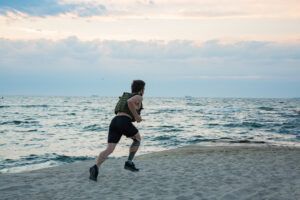








 This premium quality vest is comfortable, stylish, and light (just 12 lb). Still, it is heavy enough to provide a challenge for your body. Its ergonomic design distributes weight equally throughout the body so that each muscle gets its fair share of pressure. The adjustable straps located at the waist help prevent sliding and slipping during the heavy workout session. Filled with premium iron rocks and pellets instead of river sand weights, the vest provides enough weight to challenge your muscles.
This premium quality vest is comfortable, stylish, and light (just 12 lb). Still, it is heavy enough to provide a challenge for your body. Its ergonomic design distributes weight equally throughout the body so that each muscle gets its fair share of pressure. The adjustable straps located at the waist help prevent sliding and slipping during the heavy workout session. Filled with premium iron rocks and pellets instead of river sand weights, the vest provides enough weight to challenge your muscles.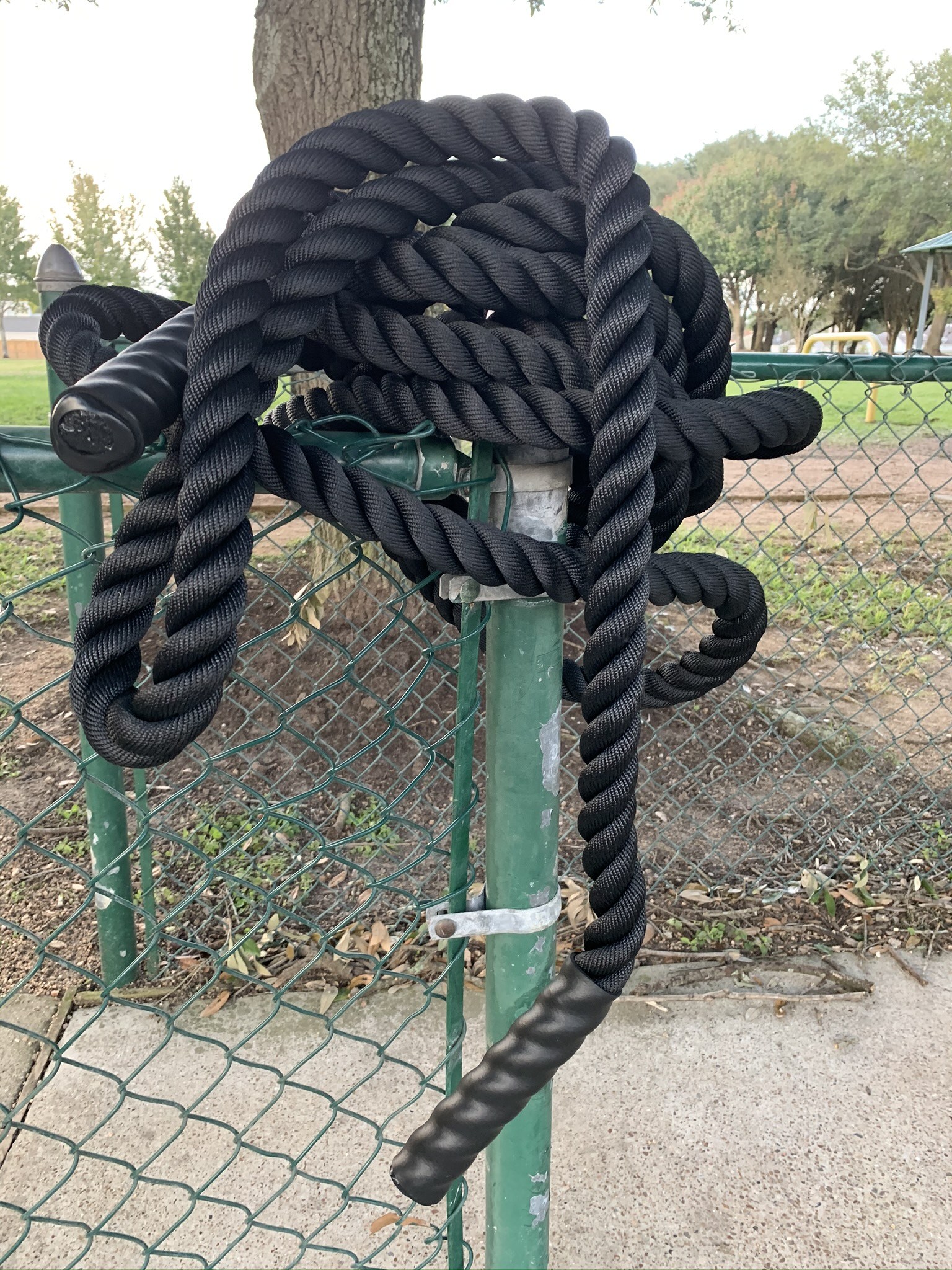

 Fire Breather is an esteemed name in the world of manufacturing gym and fitness tools. FireBreather training ropes are for all body types including males and females for all types of fitness training. If you are serious about burning calories and challenge your body and mind, have the Battling ropes on board and fast track your results. The ropes help you combine cardio and strength training into one sharp exercise and help you get desired results within days.
Fire Breather is an esteemed name in the world of manufacturing gym and fitness tools. FireBreather training ropes are for all body types including males and females for all types of fitness training. If you are serious about burning calories and challenge your body and mind, have the Battling ropes on board and fast track your results. The ropes help you combine cardio and strength training into one sharp exercise and help you get desired results within days.
 Titan Fitness is a gym tool manufacturing company. They also manufacture metal equipment and have been in the business for quite a time. They started from the ground up, their business, products, and name. The products manufactured by the brand are of good quality and offer high-quality customer care.
Titan Fitness is a gym tool manufacturing company. They also manufacture metal equipment and have been in the business for quite a time. They started from the ground up, their business, products, and name. The products manufactured by the brand are of good quality and offer high-quality customer care.
 Zeny is a big fitness brand with a range of exercise training tools. The tools manufactured by the Zeny have a unique value and offers perfect additional conditions for any series of fitness fanatics. The battle ropes mentioned here offer a full-body workout that focuses on increasing muscle endurance and cardiovascular strength. By using these ropes, you get fitter, faster and healthier than ever before.
Zeny is a big fitness brand with a range of exercise training tools. The tools manufactured by the Zeny have a unique value and offers perfect additional conditions for any series of fitness fanatics. The battle ropes mentioned here offer a full-body workout that focuses on increasing muscle endurance and cardiovascular strength. By using these ropes, you get fitter, faster and healthier than ever before.